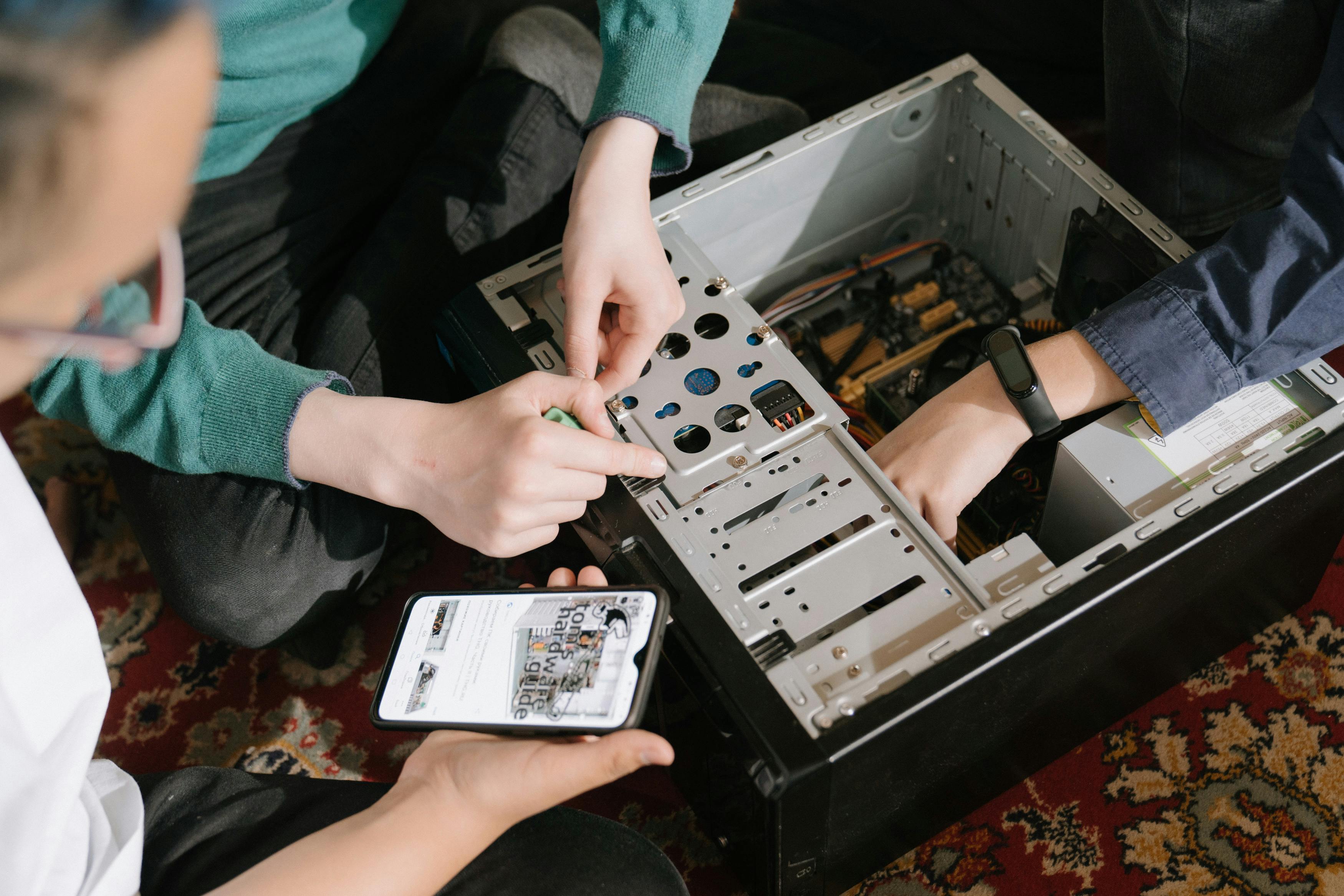In simple terms, a green screen is a solid green background most commonly used in photography and videography. The main subject is photographed against this backdrop. Then, in real time or in a suitable video editing suite, this background color becomes transparent and only the main subject stands out. The subject can then be superimposed on another scene, giving the video a dynamic look. Viola! You may be standing in your empty garage, but it looks like there’s a Ferrari behind you.
Typically, a green screen is used when people are introducing themselves in a video or when you want to magically change the background. They are not needed when used for slide-based presentations.
How does a green screen enhance your videos?
Imagine this: you are making a video describing the places you have visited on your vacation. You could make a video of yourself filmed against this type of screen. Then, in video editing software, this green background can be removed and it will appear to make it look like you are live at the actual location. The actual commentary may coincide with the background scenes.
This makes the video very interesting to watch instead of having to watch a commentator speaking to the camera. Similarly, a businessman promoting his factory and its products might have his image superimposed on scenes of the product and factory. These kinds of techniques make it possible to create a variety of impressive compounds.
What is green screen made of and how to use it?
The shade is usually a piece of green, rough, non-reflective cloth with a uniform color. It should be wide enough to fill the frame lengthwise and heightwise. To set the scene, make sure you have the necessary support so that the green fabric stretches evenly, without wrinkles or creases, along the support frame.
The green screen should have uniform lighting across its entire surface so that it presents a single tone without gradations. The subject stands in front of this green screen that is evenly lit. Lighting on your subject should come from two or three different directions, and shadows should be avoided as much as possible. Do not hold the subject too close to the green screen or it will take on a “greenish” cast from the screen reflection. That’s all. Now go and shoot.
Download your footage to your computer for editing. You will apply the video clips to a timeline and then the chroma key effect is applied. Chroma coding is the effect used in most video to make a color transparent and mix two tracks, layering them on top of each other.
Using the eyedropper, the green background color is selected, and then the color tolerance slider is adjusted so that the entire green background is transparent. There are other slider options that can be tried for the best overall effect.
Have another clip ready for the background and drag it to the timeline as well. You will see that the green screenshot theme now appears in the second sequence you have on the timeline. It is that simple.
Point to note: While preparing for a green screen shot, be careful that the model is not wearing a green dress or any accessories, embroidery, ring or shoes that may have any shade of green, otherwise these too they will become transparent and show up as holes. ! Well, that may be great after all! Experiment and have fun!



